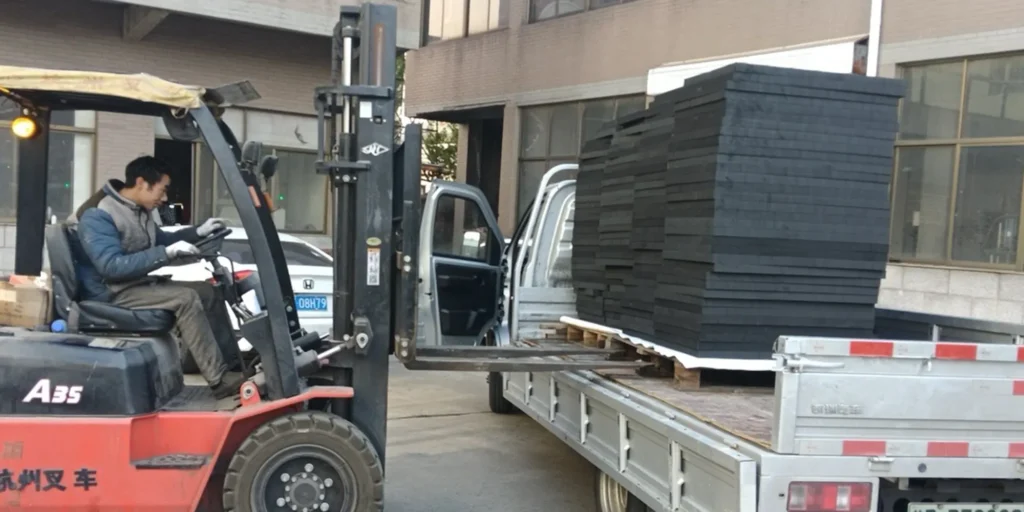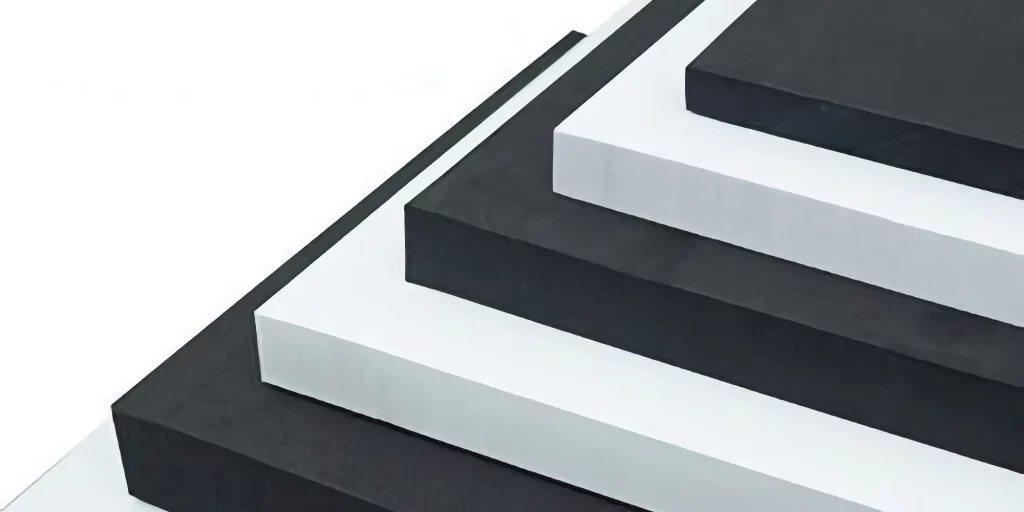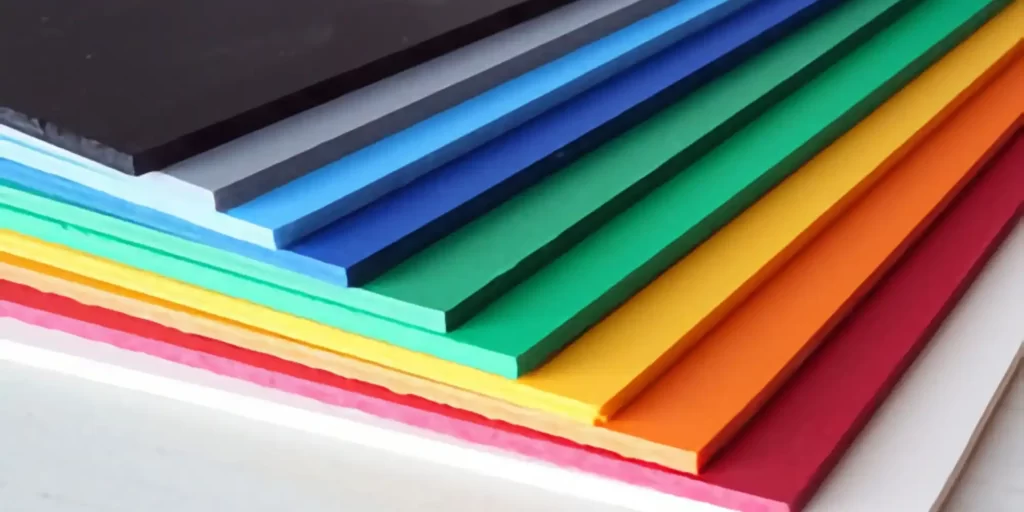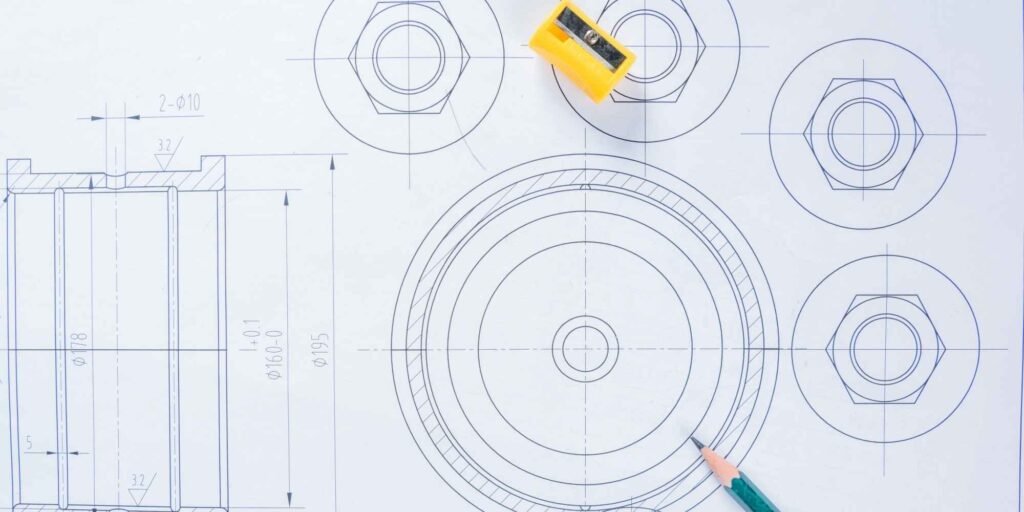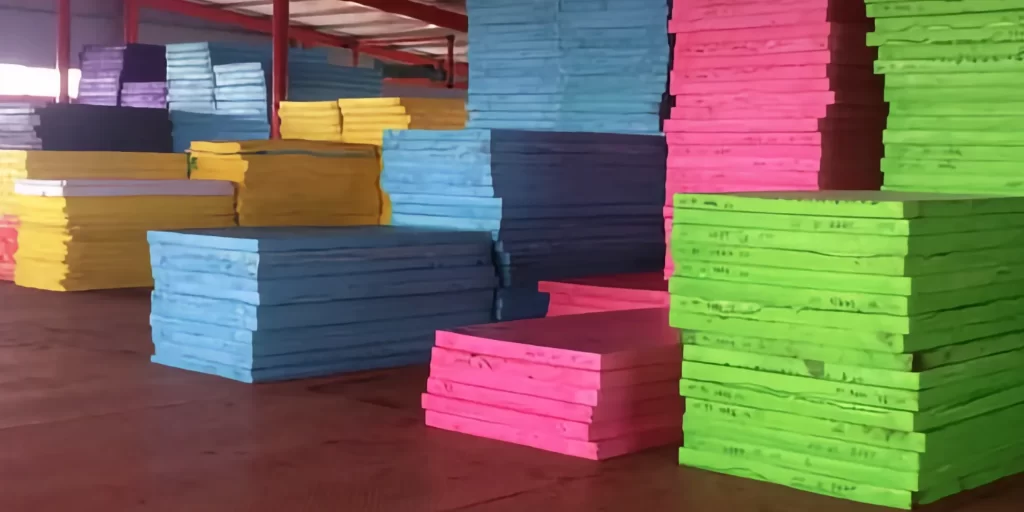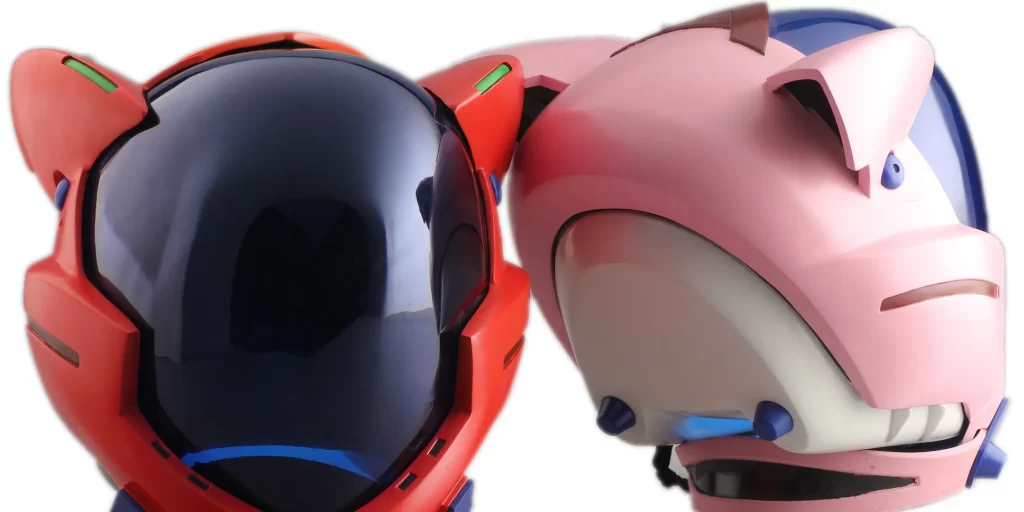1. Detailed Production Process of PE Foaming
Chemical Reaction System
- Utilizing dicumyl peroxide (DCP) as a cross-linking agent, paired with the gas release characteristics of AC blowing agent at 130 ml/g.
Key Equipment Parameters
- The L/D ratio of the twin-screw extruder is ≥40:1, with die pressure stabilized within the range of 18-25 MPa (monitored in real-time via pressure sensors).
Quality Pain Point Solutions
- Implementation of nitrogen-assisted foaming technology to control cell diameter between 80-150 μm, mitigating the issue of uneven pore size common in traditional methods.
2. Core Technological Breakthroughs in EVA Foaming
Innovative Molding Process
- Development of a four-stage temperature control curve (preheating → plasticizing → foaming → cooling), reducing hot-pressing time to 65% of traditional processes.
Environmental Upgrading Path
- Adoption of a novel zinc oxide/zinc stearate composite activator system, enhancing the cross-linking degree of EVA compounds with 18% VA content to 82%.
Cost Reduction and Efficiency Improvement Case
- A midsole manufacturer for sports shoes optimized hydraulic press parameters (pressure from 12 MPa to 15 MPa, holding time from 30s to 22s), resulting in an 18% increase in monthly production capacity.
3. Comparative Analysis of Production Efficiency Optimization Schemes
| Control Indicators | PE Foaming Line | EVA Continuous Production Line |
|---|---|---|
| Energy Specific Consumption (kW·h/kg) | 1.8-2.2 | 3.2-3.8 |
| Scrap Rate Control | ≤1.2% | ≤0.8% |
| Minimum Production Batch | 800 kg | 300 kg |
Frequently Asked Questions (FAQ)
Q1: What are the differences in environmental performance between PE and EVA foamed products?
A: PE foaming materials compliant with RoHS standards exhibit VOC emissions ≤5 μg/m³, whereas EVA typically measures 8-12 μg/m³ due to residual VA monomer. For food-grade certification, medical-grade PE foamed sheets are recommended. (Insert product page link)
Q2: Which is better for sports protective gear, PE or EVA?
A: The choice depends on load-bearing requirements:
- Children’s protective gear: PE material with a density of 0.12 g/cm³ (elastic modulus 0.8 MPa) is advised.
- Adult sports knee pads: EVA composite with hardness 45° (tear strength ≥9 kN/m) is recommended.
Q3: Which material is suitable for low-temperature environments (-20℃)?
A: EVA foaming demonstrates superior cold resistance, with compressive permanent deformation ≤15% at -40℃, while PE foaming shows a deformation rate of 32% at -25℃. Refer to our “Low-Temperature Material Selection Guide” for detailed test data. (PDF document download link)
Q4: How can surface textures of foamed materials be customized?
A: Our in-mold embossing technology can process 8 types of surface structures, including diamond and lychee patterns, with texture depth adjustable between 0.3-1.2 mm.
Q5: Do you support TPE composite foaming processes?
A: We have achieved mass production of TPE/EVA co-extruded foaming, with a closed-cell rate of up to 92%.
WELLE Trade has over 20 years of experience in the production and processing of PE/EVA/TPE foams, so you may want to consult with them if you have any sourcing needs.
